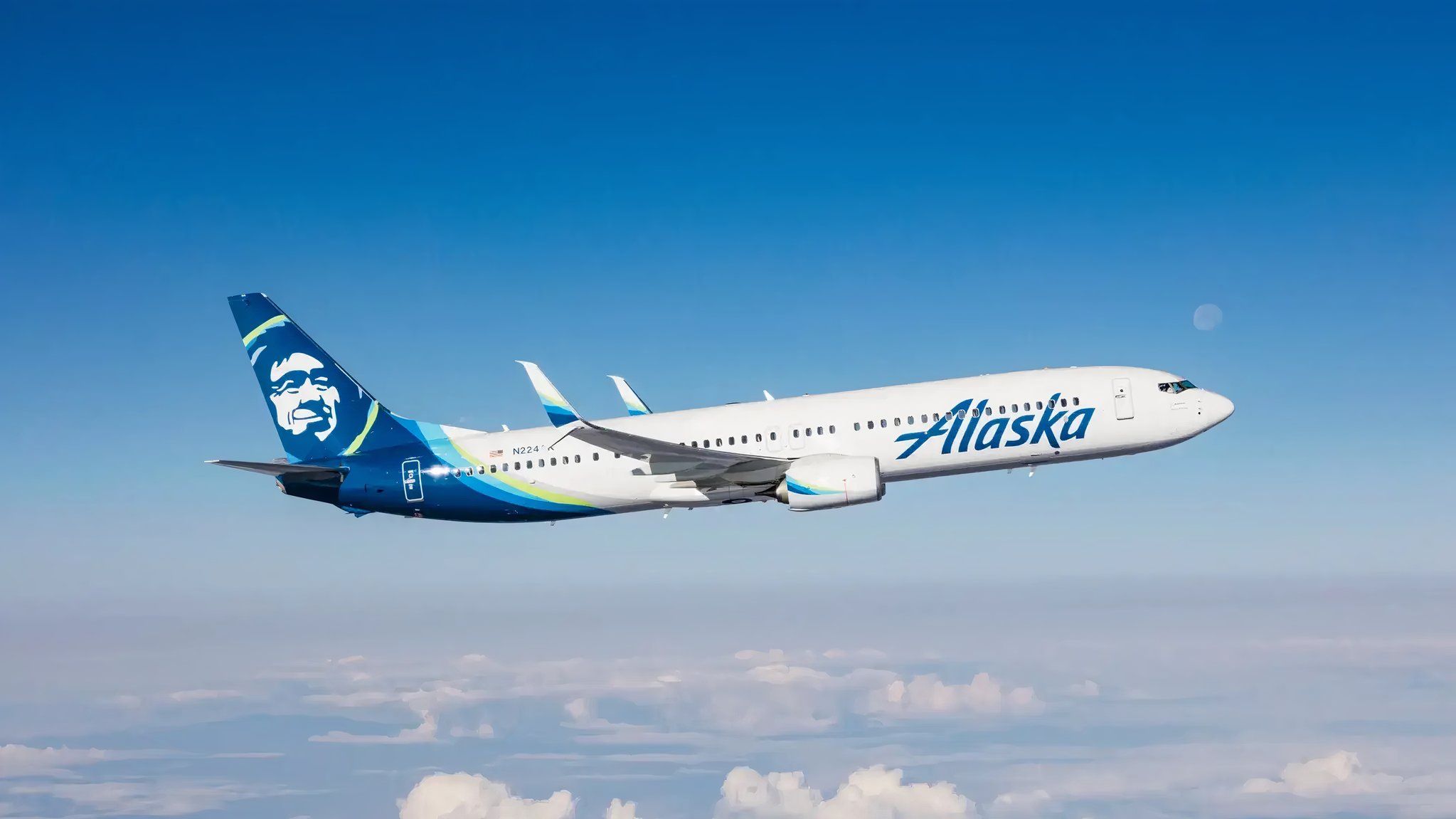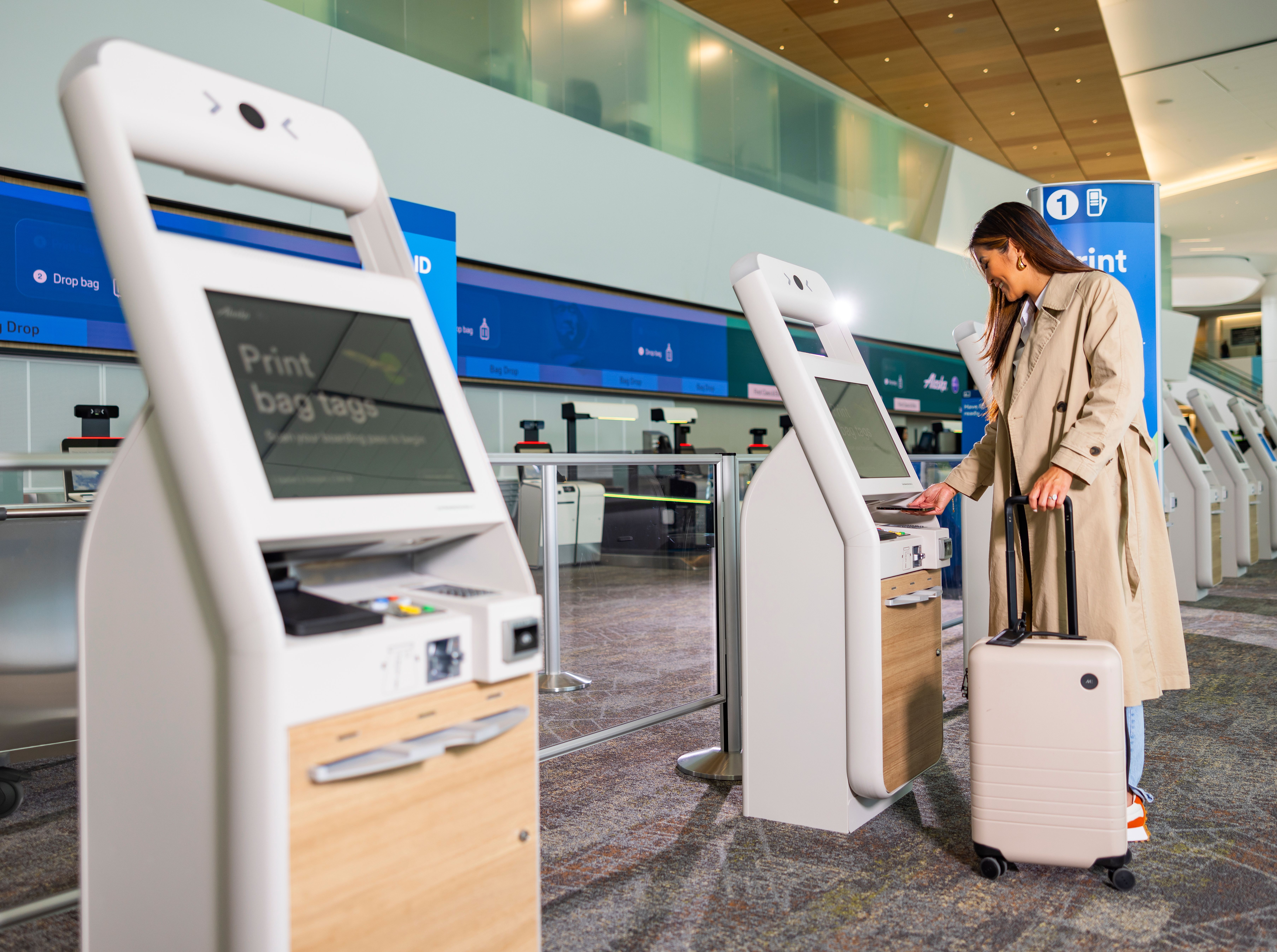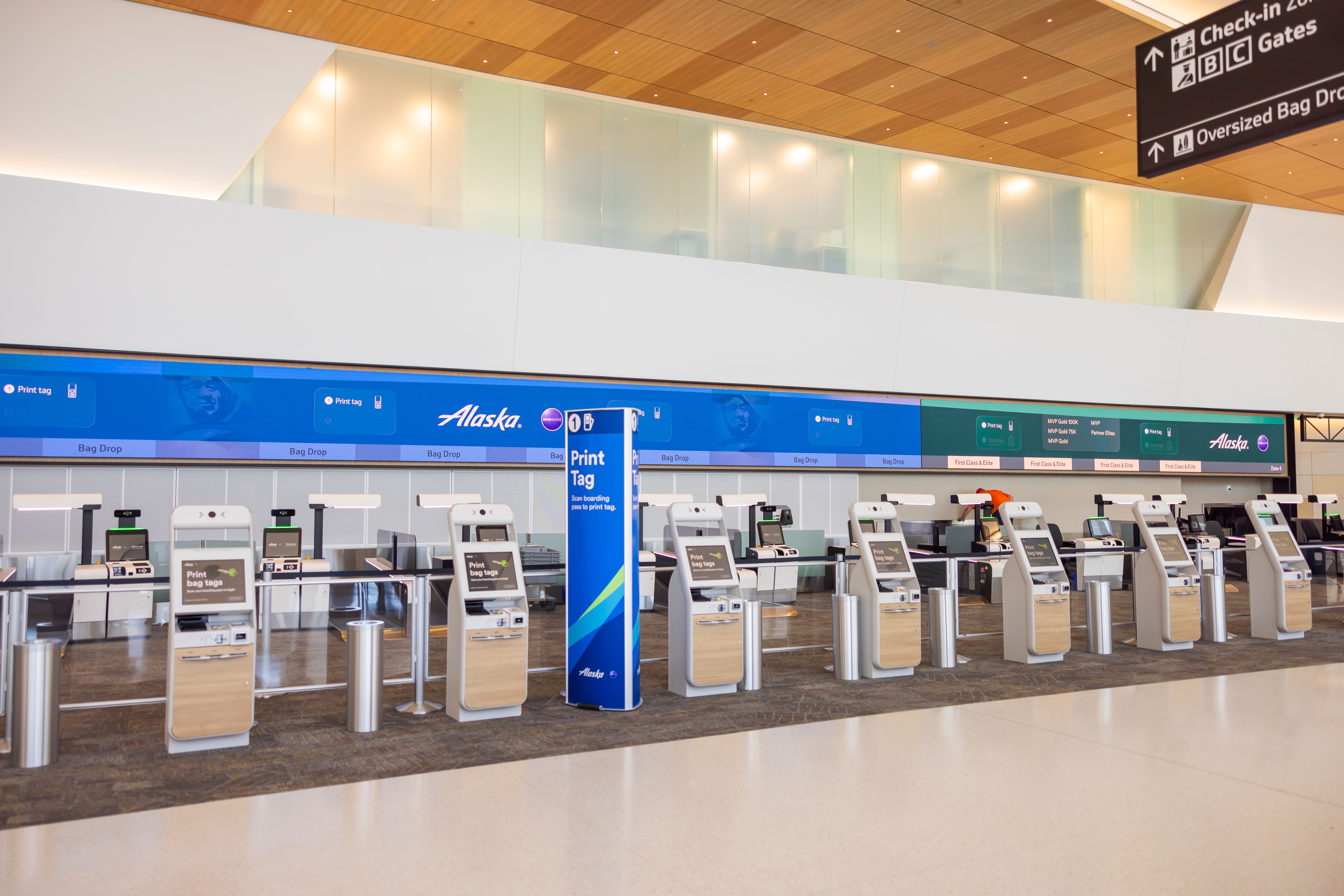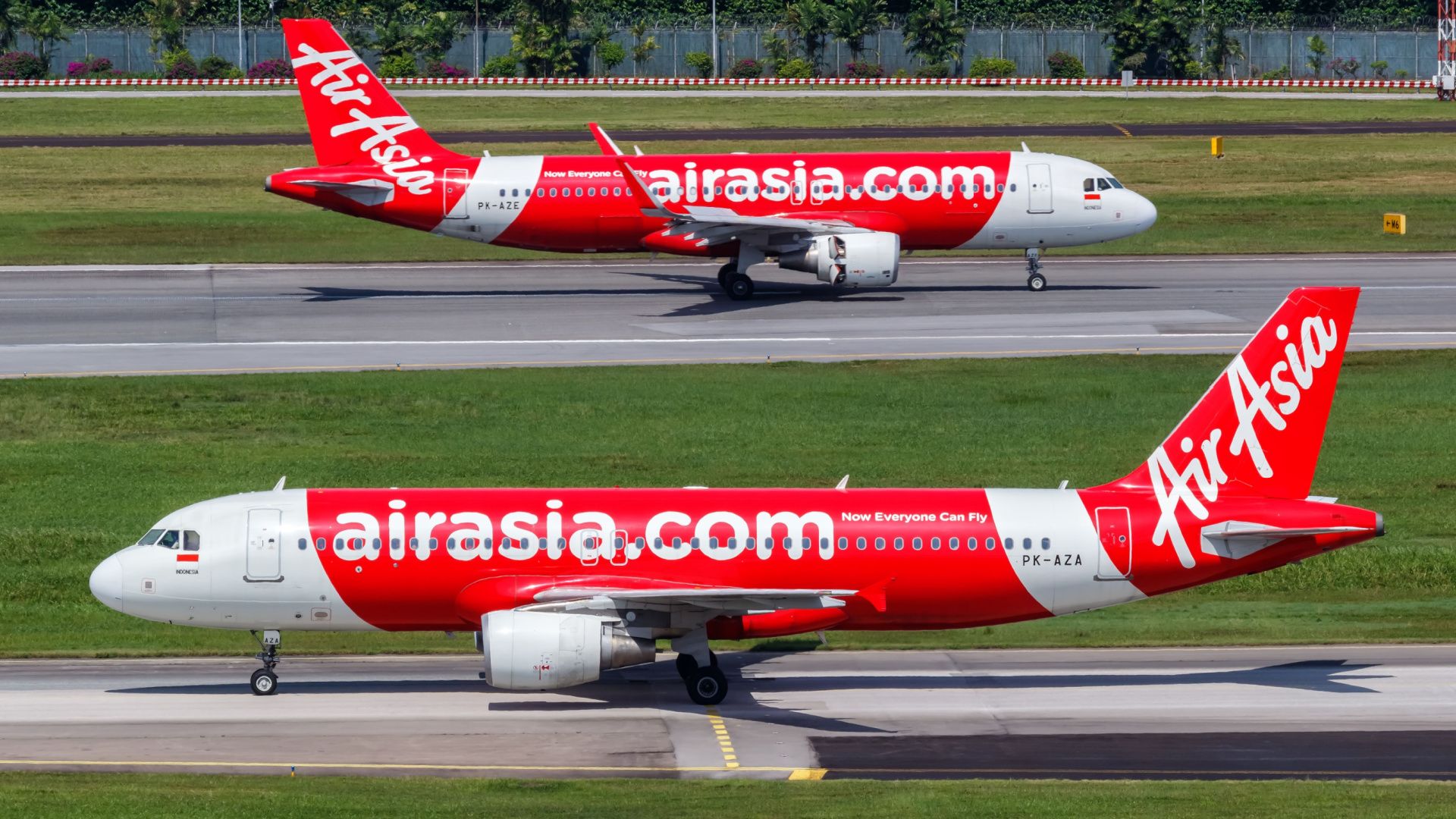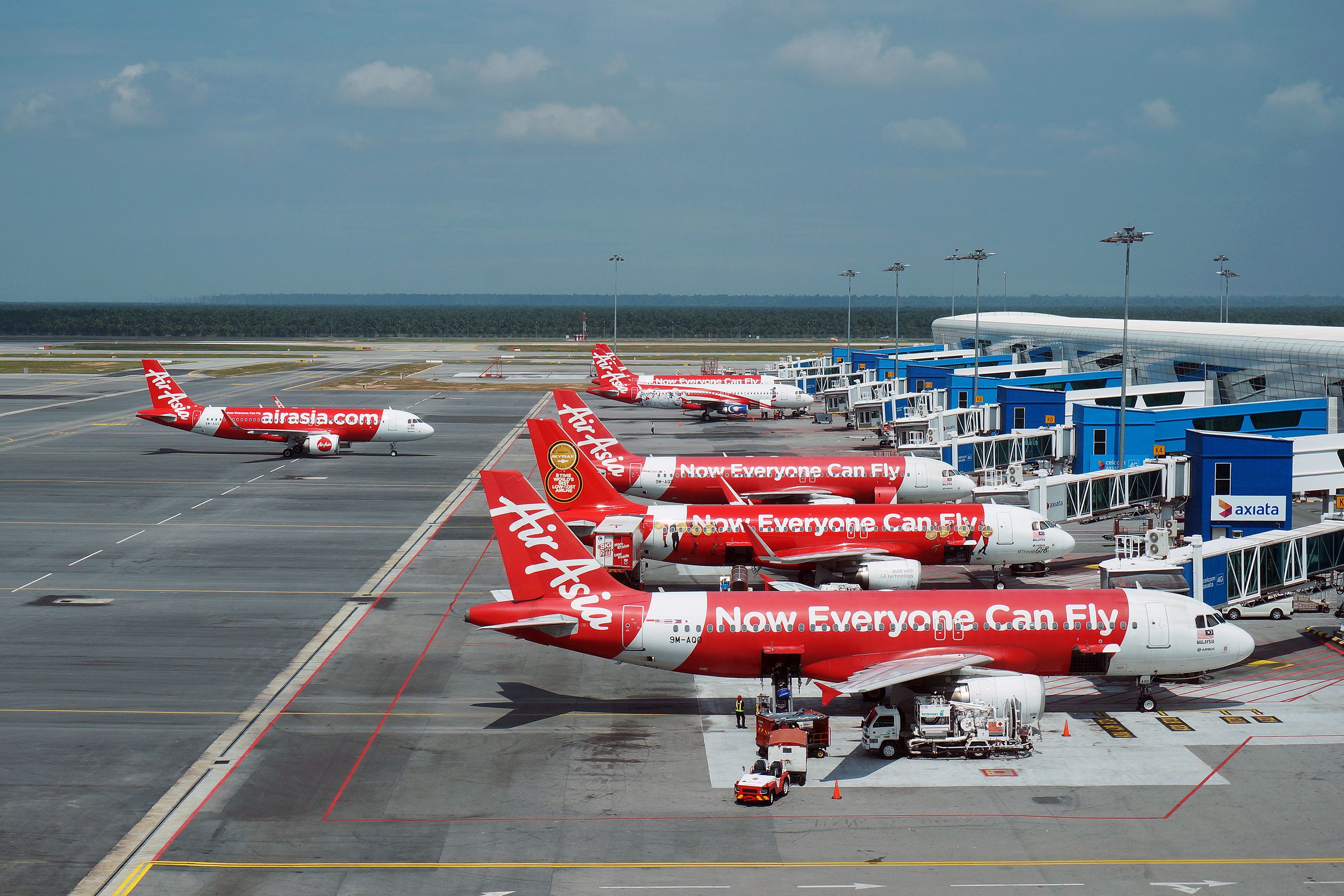Summary
- SITA enhances bag drop facilities for Alaska Airlines at SFO, meeting ADA requirements.
- Alaska Airlines is now offering the first agent-facing ADA-compliant self-bag drop units in the US.
- SITA’s Mission Watch system will track more than 200 AirAsia aircraft, improving safety and efficiency.
The air transport industry’s IT provider, SITA, has shown its versatility this month by enhancing the bag drop facilities for Alaska Airlines in San Francisco and flight tracking more than 200 aircraft of the seven AirAsia airlines. The technology specialist, which is owned by the industry, has more than 2,500 customers in 200 countries and territories and supplies solutions to airlines, airports and governments around the globe.
Alaska Airlines at SFO
Last week, SITA announced the successful completion of delivery testing for its new Swift Drop Self-Bag Drop (SBD) units in the new Alaska Airlines location at San Francisco International Airport (SFO). The units are located in the Harvey Milk Terminal 1, where Alaska Airlines (Alaska) is now operating after relocating from Terminal 2.
Photo: Alaska Airlines
The new SITA bag drop units meet the requirements of the Americans With Disabilities Act (ADA), a civil rights law that prohibits discrimination based on disability. The ADA Standards for Accessible Design outline what is required for a building or facility to be physically accessible to people with disabilities.
Photo: Alaska Airlines
The project will support passenger processing at SFO and is the first agent-facing ADA-compliant self-bag drop in the United States, which SITA said is setting a new standard for accessibility in airport technology. Alaska Airlines Managing Director of Operations Rick Hines said that by partnering with SITA, Alaska can offer guests the first automated bag drop units at SFO.
“SITA’s contributions were instrumental in making opening day of our operations at Harvey Milk Terminal 1 a success; we’re excited to provide our guests with innovative technology that streamlines the check-in process and reduces congestion in our lobbies.”
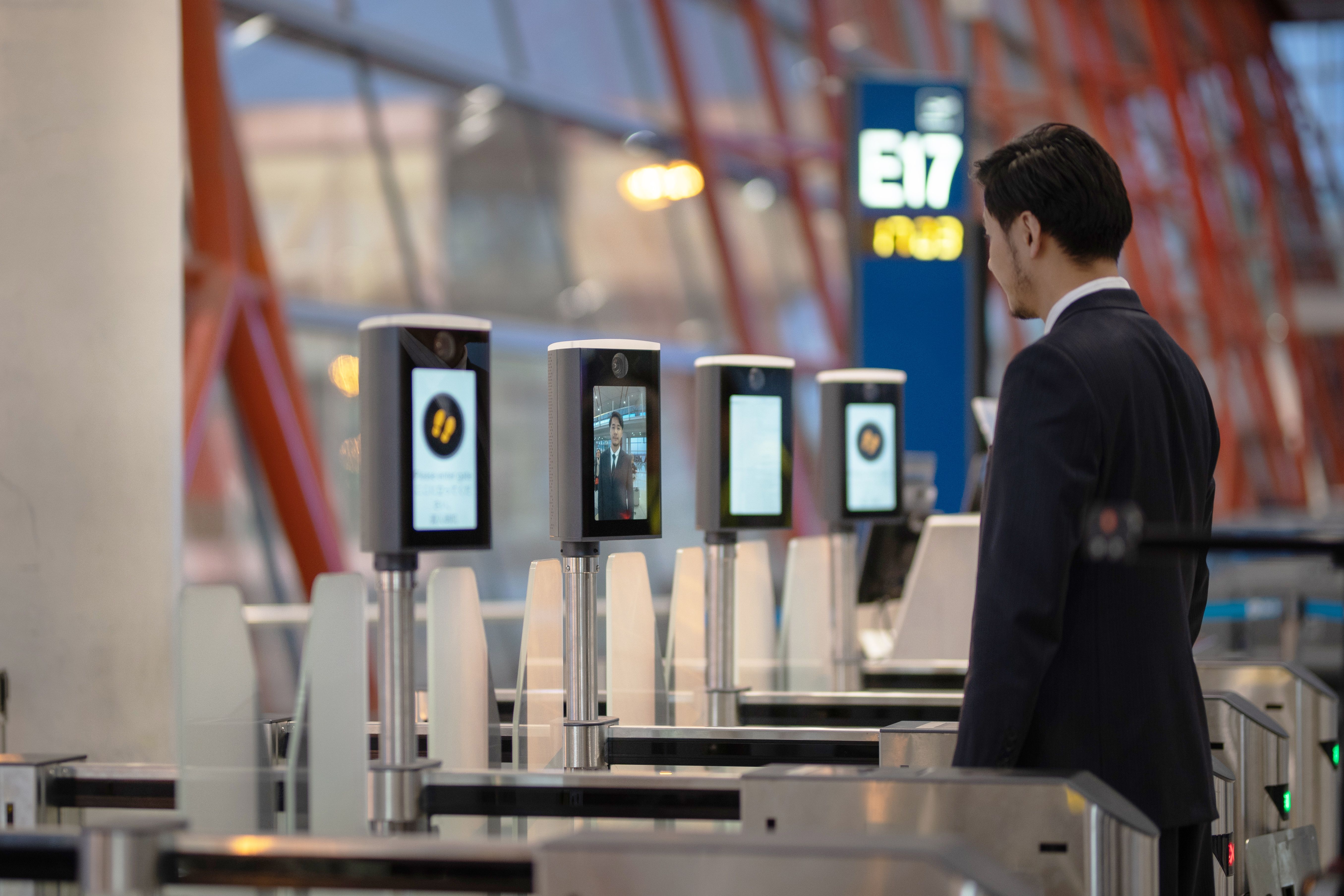
Related
SITA Urges Airports To Face The Future With Biometrics
Building bigger airports is one way to handle crowds, but turning to biometrics is a more effective and long-term solution than more infrastructure.
Within Terminal 1, there are now more gates and 24 new terminal positions, including 25 SITA Swift Drops, 15 standard units and ten hybrid units (SBD + CUPPS). Both solutions use a 3D digital camera system, which ensures a high first-time read rate of 95% and processes each bag in less than 15 seconds.
Keeping track of 200+ Airbus jets
Also last week, SITA announced that the AirAsia Aviation Group and AirAsia X had signed up for its Mission Watch system, which will track the flights of more than 200 AirAsia aircraft. Mission Watch is the leading flight tracking and monitoring system that delivers comprehensive weather visualization and shares situational awareness between the cockpit and the airline’s control centers.
Photo: Markus Mainka | Shutterstock
The AirAsia Aviation Group includes the Airbus A320 family aircraft used by AirAsia Malaysia, AirAsia Indonesia, AirAsia Philippines, AirAsia Cambodia and Thai AirAsia, as well as the widebody Airbus A330 fleets of AirAsia X and Thai AirAsia X. This includes more than 200 aircraft serving more than 130 destinations in 22 countries, stretching from China to Australia and India and, from November, Nairobi in Kenya.
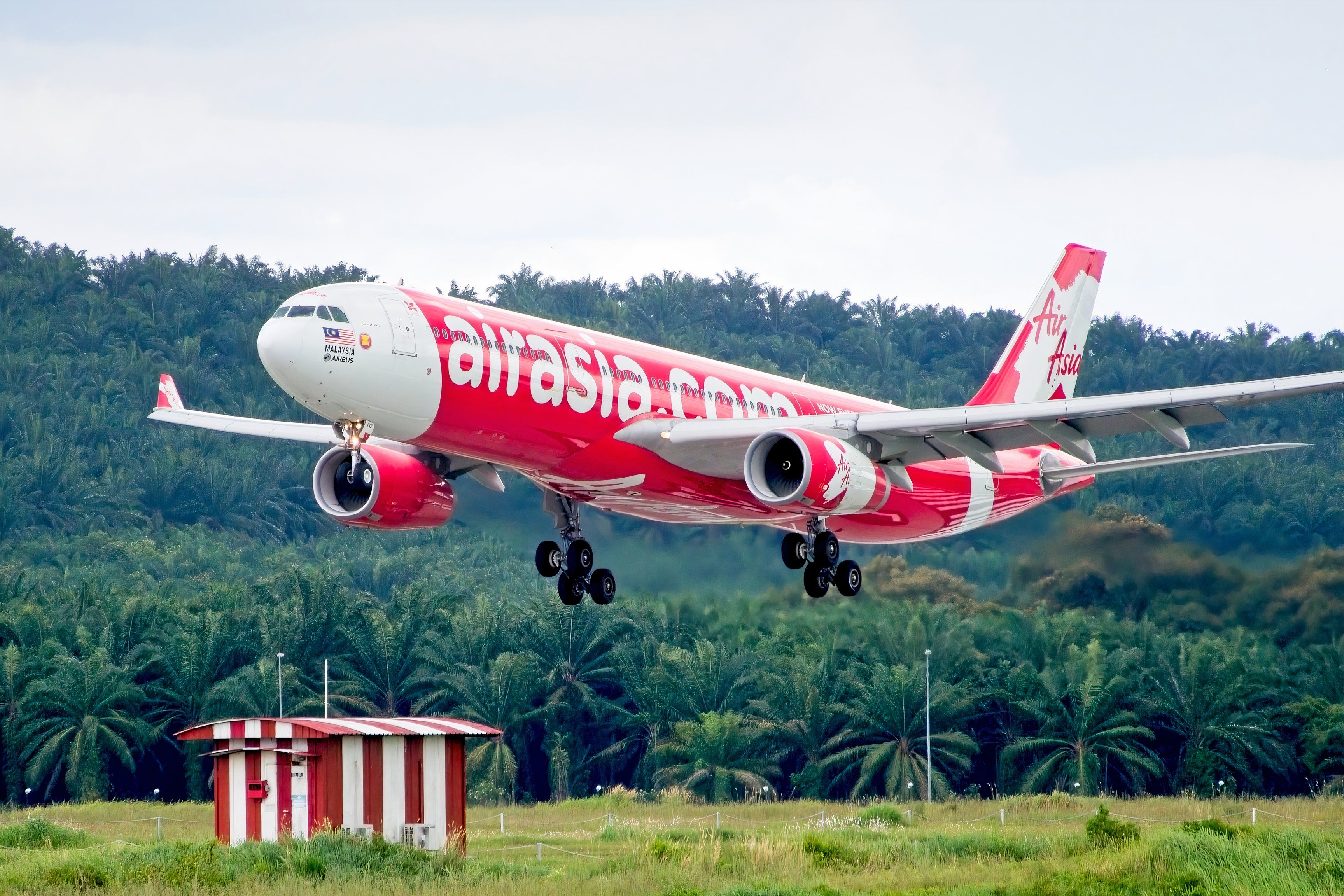
Related
AirAsia Spectacular Opens Nonstop Airbus A330 Malaysia To Africa Connection
In February, Tony Fernandes revealed his dream of building the world’s first global low-cost carrier network, and today he put down the first marker.
AirAsia Aviation Group Deputy Group CEO (Airline Operations) Datuk Captain Chester Voo said AirAsia is constantly looking for innovative tools that will raise the standards for the safety and efficiency of its operations, adding:
“SITA has brought all seven airlines across AirAsia and AirAsia X to the cutting edge of of flight tracking technology, allowing us to go above and beyond industry safety standards, streamline our operations through a single platform, and boost the ease of collaboration between our flight dispatchers and pilots to resolve any potential issues before they happen.”
Photo: Rei Imagine | Shutterstock
The system meets and exceeds ICAO’s Global Aeronautical Distress and Safety System (GADSS) mandate on tracking requirements by mapping each aircraft’s latitude, longitude, altitude and time to give 4D/15 visibility. With real-time weather data aggregated from multiple sources, dispatchers can anticipate potential issues and resolve them proactively, aided by easy communication with the pilots through integrated messaging services.

